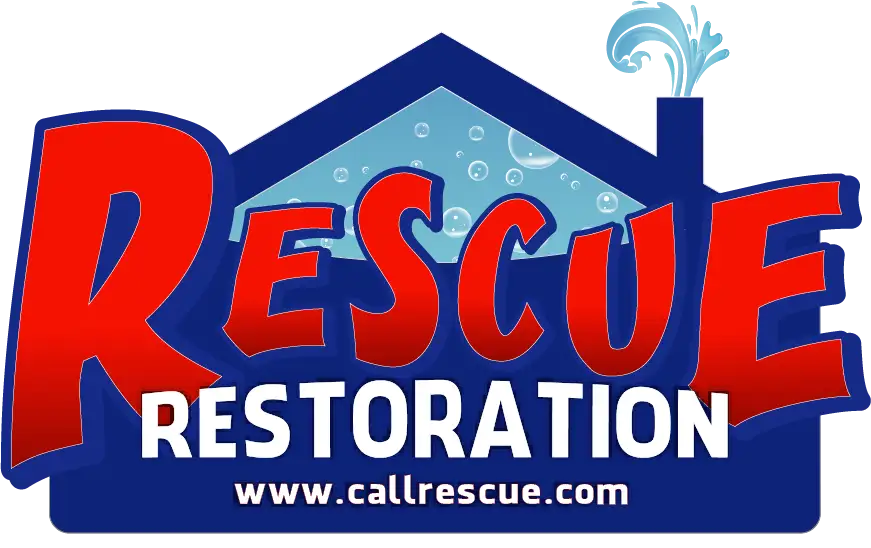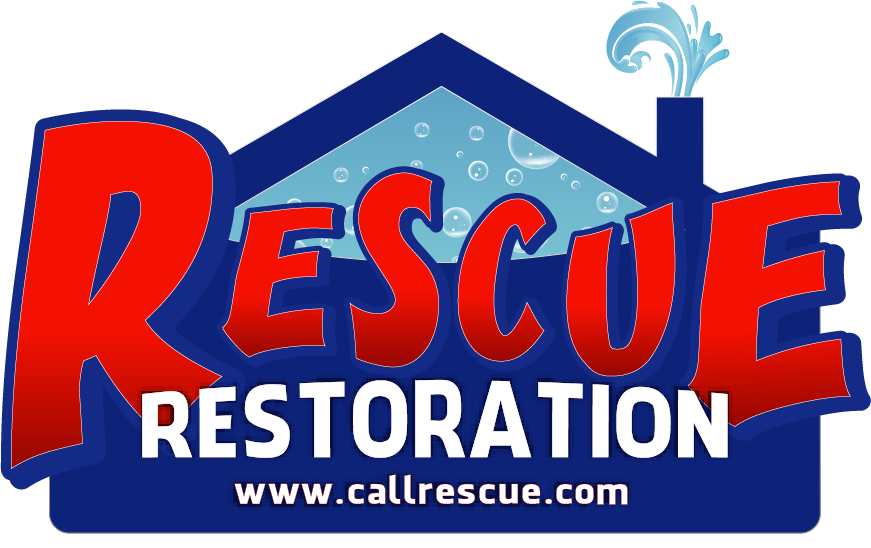How to Safely Remove Standing Water from Your Home

Okay, let’s talk about something nobody wants to deal with, but something many of us do: standing water in our homes. It’s not just a nuisance; it can be a real problem, inviting mold, damaging your property, and even posing health risks. So, let’s ditch the dry, technical jargon and chat about how to safely kick that unwanted water to the curb.
What to Do If You Have Standing Water in Your Home
1. Assess the Situation
First things first, assess the situation. Don’t just wade in like you’re at the beach! Is the water a few puddles from a leaky pipe, or are we talking about a mini indoor pool situation? Knowing the scale of the problem helps you decide on your approach and the tools you’ll need.
2. Check on Safety
Now for safety. Electricity and water are a dangerous duo. Before you do anything, make sure to turn off the power to the affected area. Locate your circuit breaker box and flip the switch. Better safe than sorry, right? Also, think about what might be in that water. Depending on the source, it could be contaminated. So, grab some rubber gloves and boots to protect yourself.
3. Remove the Standing Water
Now for the removal mission! Different scenarios call for different clean-up technique. Here’s a breakdown of how you can tackle different scenarios:
- Small Puddles: For minor leaks or spills, good old-fashioned towels and mops can be your best friends. Absorb as much water as you can and wring it out into a sink or outside. You can also use a wet/dry vacuum for a more efficient cleanup. These are lifesavers for those annoying little floods.
- Larger Areas (but not too deep): If you’re dealing with a more significant amount of water, a sump pump can be a game-changer. If you don’t own one, you might be able to rent one from a local hardware store. These pumps are designed to move water quickly and efficiently. Make sure to have a hose ready to direct the water outside and away from your foundation.
- Deep Water (Uh Oh!): If you’re facing a significant amount of standing water, especially if it’s deep, it’s probably time to call in the professionals (like us here at Rescue Restoration). Water damage restoration companies have specialized equipment and expertise to handle large-scale flooding safely and effectively. Trust me, this is not the time to try and be a superhero.
4. Dry the Area
Once the bulk of the water is gone, don’t think you’re in the clear! Drying is crucial. Lingering moisture is the perfect breeding ground for mold. Open windows and doors (if the outside air isn’t too humid) to encourage airflow. You can also use fans to circulate the air and dehumidifiers to pull moisture out of the environment. Point the fans towards the damp areas and let them run for a good amount of time.
5. Inspect the Area for Damage
Don’t forget the aftermath! Once everything is dry, inspect the affected areas for any damage. Check walls, floors, and ceilings for stains, warping, or other signs of water damage. Address these issues promptly to prevent further problems.
Contact Rescue Restoration for Help with Water Removal in DFW and Beyond
Dealing with standing water is never fun, but by taking the right precautions and using the appropriate methods, you can safely remove it and minimize the potential for damage. Stay safe, and hopefully, you won’t have to put these tips into practice too often! But if you do, don’t hesitate to call for help. Rescue Restoration offers professional water damage restoration services. Contact us anytime!





